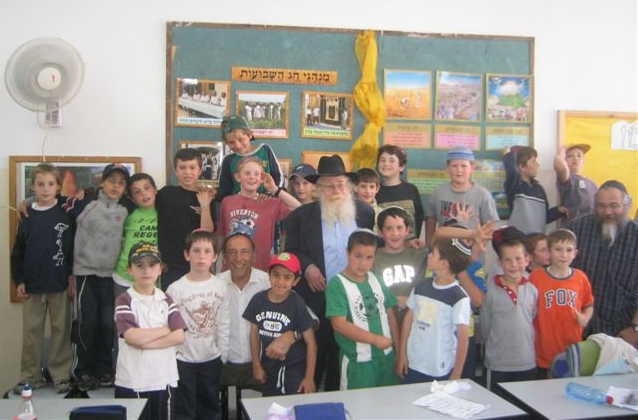People are often curious about the “ideal method” of studying Torah.
The answer may be found on every page of Talmud, in the Rishonim and in the Aharonim.
Our corpus of Torah literature is full of questions and objections, difficulties and contradictions.
Clearly, the Talmud thrives on questions more than on answers.
The ideal methodology for Torah study is clear: Keep asking questions.
In the language of our sages, there exist many different words for questions.
This poses problems for translators, since this vast “question” terminology, with all the various shades of meaning, cannot always be rendered properly in other languages.
No other language seems to have quite so many different words for “question” as we do.
It has been claimed that Eskimos have a remarkably large number of words for snow – and it is no wonder.
They live in snow throughout their lives, causing them to develop fine distinctions between different kinds of snow – heavy, light, thin, etc.
Each type of snow has its own term.
In countries where snow falls not nearly as frequently, many fewer terms for snow exist.
By the same token, Jewish people live in a world that is rife with questions.
It is therefore understandable that so many terms have developed, each of which expresses a different aspect of questioning or a different type of question.
–Rabbi Adin Steinsaltz

